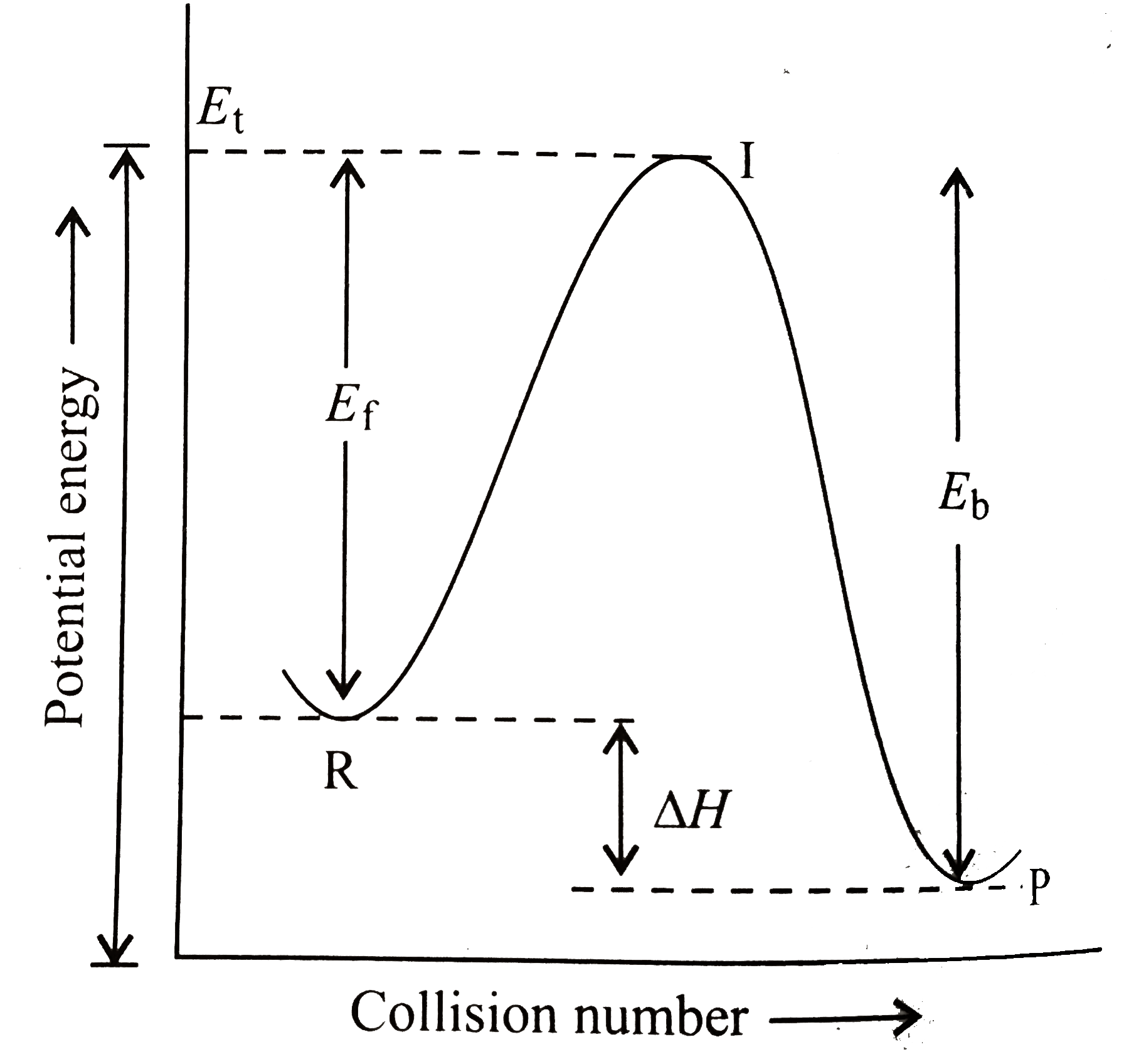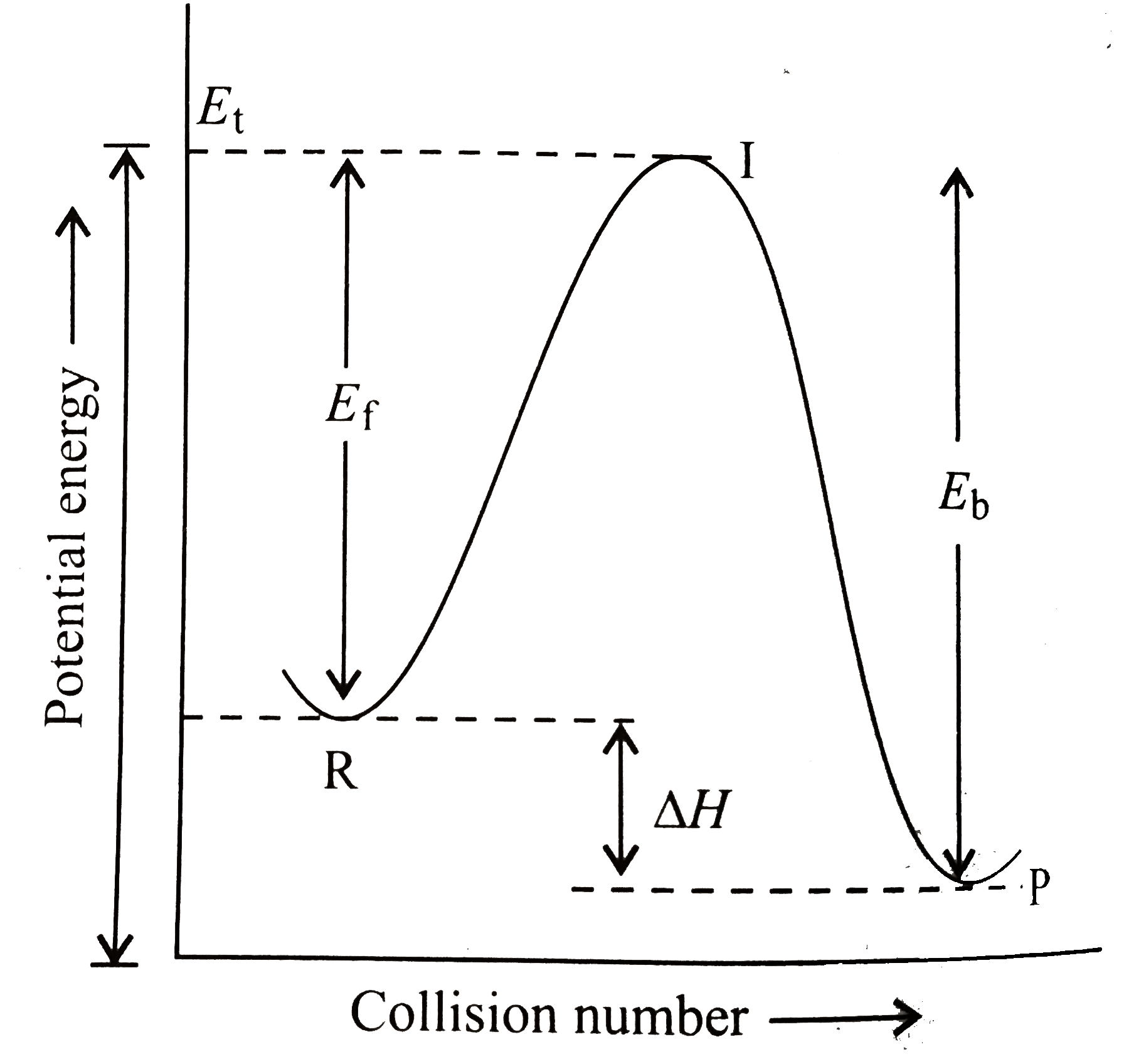To activate the reaction (n,α) with stationary B11 nuclei, neutrons must have the activation kinetic energy Tth=4.0MeV(n,α) means that n is bombarded to obtain α. Find the energy of this reaction.
Tin=−mT+mPmT.Q
⇒Q=−TinmTmT+mP
=−4MeV×1111+1=−3.7MeV.
Topper's Solved these Questions
- BOOK - RESONANCE ENGLISHCHAPTER - DAILY PRACTICE PROBLEMEXERCISE - DPP No.3120videos
DAILY PRACTICE PROBLEM
- BOOK - RESONANCE ENGLISHCHAPTER - DAILY PRACTICE PROBLEMEXERCISE - DPP No.329videos
DAILY PRACTICE PROBLEM
- BOOK - RESONANCE ENGLISHCHAPTER - DAILY PRACTICE PROBLEMEXERCISE - DPP No.2920videos
DAILY PRACTICE PROBLEM
- BOOK - RESONANCE ENGLISHCHAPTER - CURRENT ELECTRICITYEXERCISE - High Level Problems (HIP)19videos
CURRENT ELECTRICITY
- BOOK - RESONANCE ENGLISHCHAPTER - ELECTRO MAGNETIC WAVESEXERCISE - Exercise 327videos
ELECTRO MAGNETIC WAVES
Similar Questions
Stationary nucleus .23892U decays by a emission generating a total kinetic energy T:
.23892U→.23490Th+.42α
What is the kinetic energy of the α-particle?View SolutionIn a nuclear reaction of α - decay, the daughter nuclei .AZX is moving with kinetic energy E. The total energy released if parent nuclei was at rest will be
View Solutionwhat kinetic energy must an α-particle possess to split a deuteron H2 whose binding energy is Eb=2.2MeV?
View SolutionA colliison between reactant molecules must occur with a certain minimum energy before it is effective in yielding Product molecules. This minimum energy is called activation energy Ea Large the value of activation energy, smaller the value of rate constant k. Larger is the value of activation energy, greater is the effect of temperature rise on rate constant k.

Ef= Activation energy of forward reaction
Eb= Activation energy of backward reaction
ΔH=Ef−Eb
Ef= threshold energy
The activation eneries for forward and backward reactions in a chemical reaction are 30.5 and 45.4kJmol−1 respectively. The reaction isView SolutionA colliison between reactant molecules must occur with a certain minimum energy before it is effective in yielding Product molecules. This minimum energy is called activation energy Ea Large the value of activation energy, smaller the value of rate constant k. Larger is the value of activation energy, greater is the effect of temperature rise on rate constant k.

Ef= Activation energy of forward reaction
Eb= Activation energy of backward reaction
ΔH=Ef−Eb
Ef= threshold energy
For the following reaction at a particular temperature, according to the equations
2N2O5→4NO2+O2
2NO2+12O2→N2O5
The activation energies are E1 and E2, respectively. ThenView SolutionA neutron with kinetic energy K=10 MeV activates a nuclear recation,n+12C→9Be+α whose threshold Eth=6.17MeV .Find the kinetic energy of the alpha particles outgoing at right angles to the direction of the incoming neutron.[Take μ=931.1MeV]
View SolutionA stationary radioactive nucleus of mass 210 units disintegrates into an alpha particle of mass 4 units and residual nucleus of mass 206 units. If the kinetic energy of the alpha particle is E, then the kinetic energy of the residual nucleus is
View SolutionA proton is bombarded on a stationary lithium nucleus. As a result of the collision, two α-particles are produced. If the direction of motion of the α-particles with the initial direction of motion makes an angles cos−1(1/4), find the kinetic energy of the striking proton. Given, binding energies per nucleon of Li7 and He4 are 5.60 and 7.06 MeV, respectively.
(Assume mass of proton ≈ mass of neutron).View SolutionA nucleus of mass 220 amu in the free state decays to emit an α-particle . Kinetic energy of the α-particle emitted is 5.4 MeV. The recoil energy of the daughter nucleus is
View SolutionConsider a nuclear reaction A+B→C. A nucleus A moving with kinetic energy of 5MeV collides with a nucleus B moving with kinetic energy of 3MeV and forms a nucleus C in exicted state. Find the kinetic energy of nucleus C just after its fromation if it is formed in a state with excitation energy 10MeV. Take masses of nuclei of A,B and C as 25.0,10.0,34.995aμ, respectively.
(1aμ=930MeV/c2).View Solution

